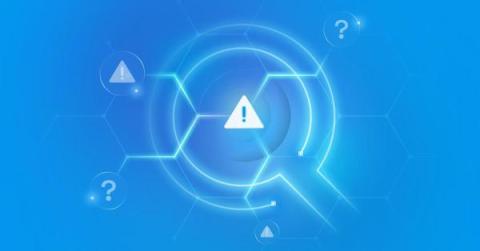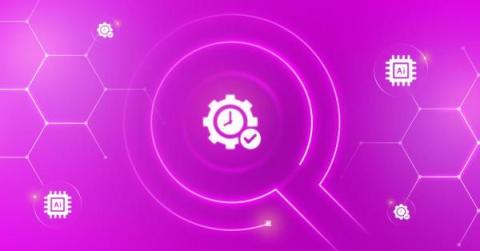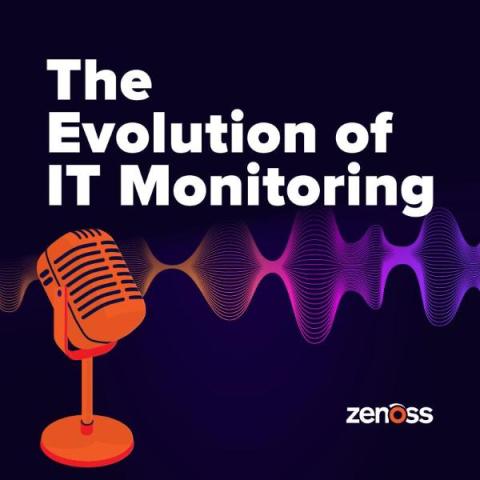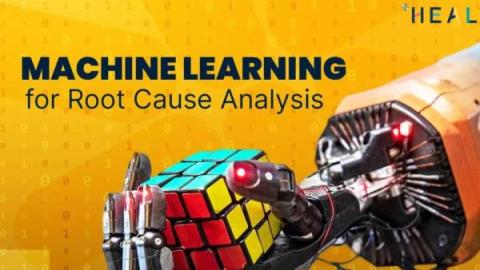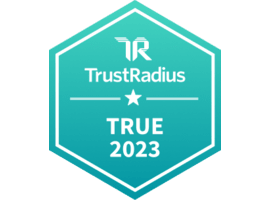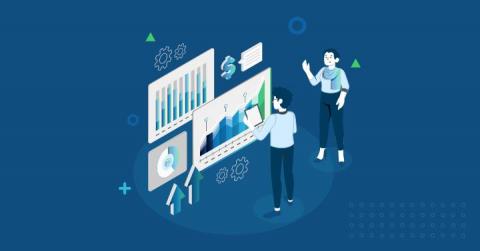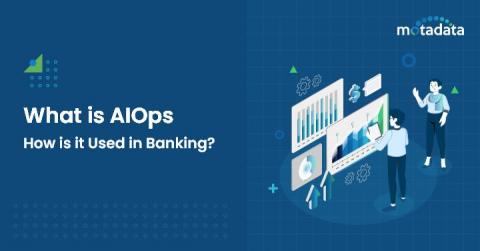Accelerate change alert discovery and incident resolution with Root Cause Changes
Today, the majority of organizations operate under a hybrid cloud structure. Due to this, operations are consistently met with daily infrastructure and software changes and updates, which are also the primary cause of incidents and outages. Long gone are the days when a tech stack could be represented by a single dependency model. Microservices, CI/CD, and containers across multi-cloud make it extremely difficult to track all the changes and connect them to incidents.


